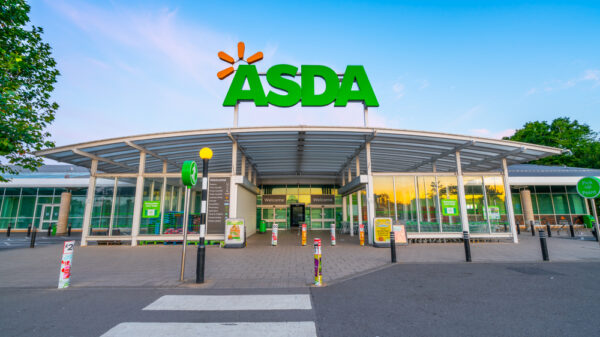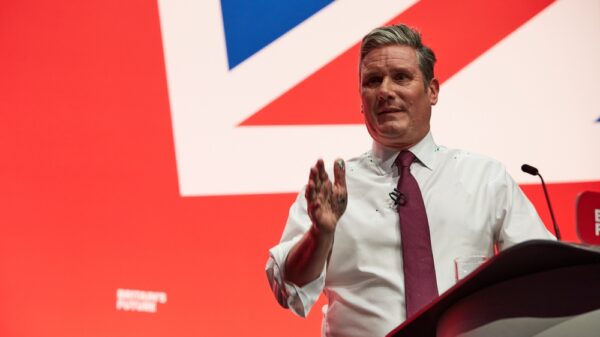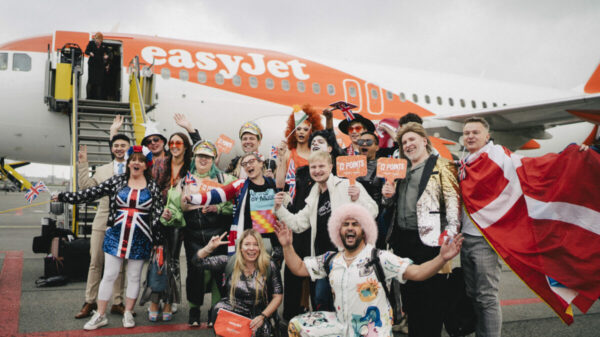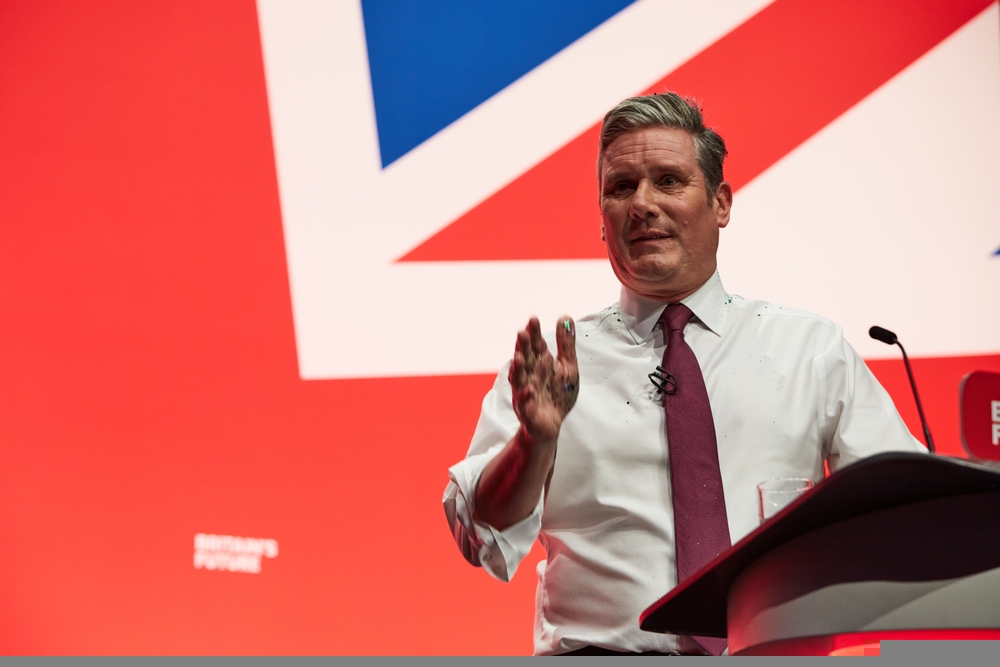Just as we thought the world was about to return to normal after more than two years of uncertainty, along comes a global economic crisis, inflation tending towards 20% and a possible recession.
As chair of the DMA customer engagement committee and md at REaD Group Insight, Scott Logie takes a look at how the cost-of-living crisis is affecting customer spending and loyalty and how this will impact brands.
When the Data & Marketing Association (DMA) last ran our loyalty research two years ago, we were slap bang in the middle of the pandemic, a global event which undoubtedly had an impact on how we, as consumers, buy and who we are loyal to.
Now we find ourselves considering more years of potential strife and, no doubt, that too is going to affect our loyalty. The latest report in the DMA’s Customer Engagement series, ‘How to Win Trust and Loyalty’, reveals the outlook for customer loyalty and trust as we face increasingly tough times.
This year’s report investigates what impact the cost-of-living crisis is likely to have. Some of the findings are not too surprising: consumers are highly sensitive to price increases and they’re looking for switches and ways to save money.
But what is clear is that all consumers are being challenged to change their spending habits, with cutbacks planned across the board.
To receive more marketing news just like this
subscribe to our FREE daily newsletter
Changing consumer habits
Across all categories we surveyed – from eating out to clothes, food groceries, car fuel and holidays – most consumers have made changes or are planning to alter their spending habits.
Over half of the individuals we spoke to see themselves as struggling to some degree, with one in eight already unable to stretch beyond essentials. For all brands, awareness of their customers and the strain they are under is going to be vital.
While it may be clear that cutting back is a common response to the cost-of-living crisis by consumers, it is useful for brands to understand where, how much, and why. For example, 39% of consumers who spend on eating out are cutting back on this, versus 18% who have already stopped spending on it completely in the last six months.
Meanwhile, 21% of consumers who drink out of home have already stopped spending on this, and the same proportion (21%) have stopped spending on fitness or sport. These pragmatic mindsets are sculpting what engagement methods and loyalty drivers are most effective.
How loyalty is changing
The report also found that, while our fundamental loyalty segmentation has remained static for several years, there are now underlying changes happening.
Consumers are worried and starting to switch brands in response to cost pressures. Family budgets are being stretched and so shoppers are more inclined to look at offers as a result. Interestingly, 51% of consumers now agree that they often change their mind about what brands or shops to use as a result of deals or offers, in comparison to 49% of consumers in 2020.
Uncertainty is rife and consumers are more inclined to be disloyal. Feelings of disloyalty have increased among consumers over the past two years – 41% of consumers claim that they feel less loyal to brands and companies than they did a year ago, in comparison to 34% in 2020.
In fact, we have already seen a change in loyalty to favoured grocery brands, with the sales of more cost-conscious brands Tesco, Aldi and ASDA all increasing, while the more upmarket supermarkets such as M&S, Waitrose and Sainsbury’s are all seeing their sales decrease.
A challenging outlook
The next few years are likely to be tough: the outlook is certainly looking grim at the present time. However, consumers still want to be loyal to the brands they love, and they want to retain the habits they have built up. But that may not be possible, so offers and cheap prices are likely to become more and more attractive.
For brands, that creates a challenge: to stick or to twist, to keep doing what built up a loyal customer base, or to chase possible switchers with offers.
Right now, there is probably no correct answer but rather a need to be adaptable, to be willing to vary strategy, and to react promptly. But boy, do we hope there can be some sort of normal soon.









